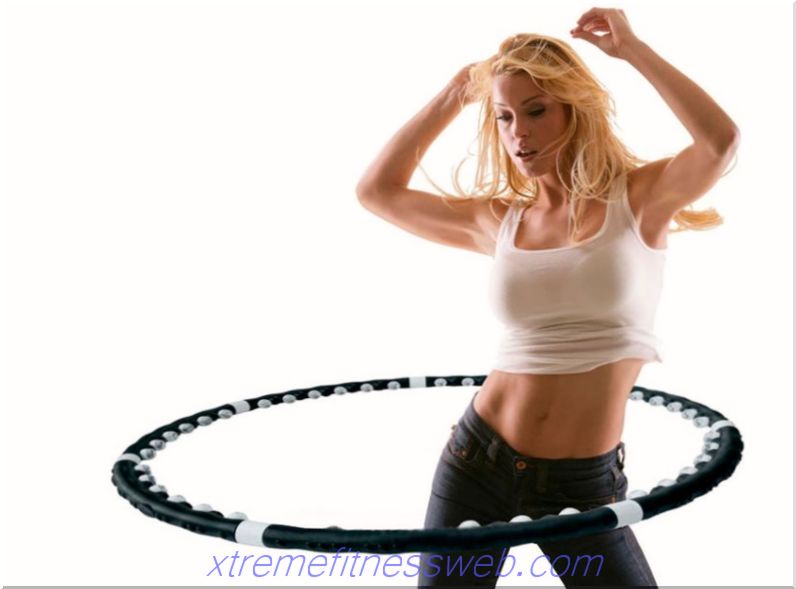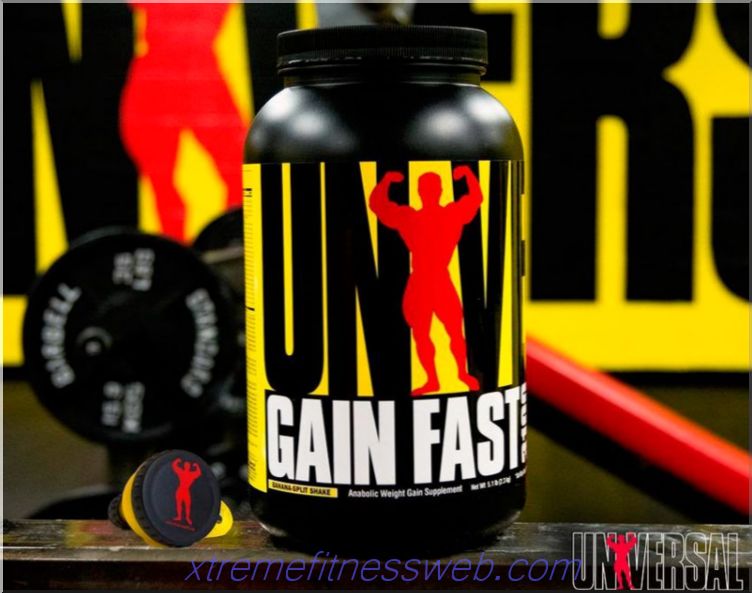- Exercise Preparation
- Execution technique
- Recommendations
- Variations
- Program Inclusion
- Contraindications

The pull of the upper block with a reverse grip or the vertical pull is an exercise for the back and biceps. It works out both muscle groups, and helps prepare for pulling back grip. The movement is common both in bodybuilding plans and in fitness. Athletes build with his help not only massive hands, but also the "depth" of the back. However, there is no consensus here, some builders believe that this is an exercise to the width of the back. Due to the fact that the round and rhomboid muscles of the back are also involved in the movement, it helps to improve posture.
Content
- 1 Preparation for exercise
- 2 Technique
- 3 Recommendations
- 4 Variations
- 5 Inclusion in the program
- 6 Contraindications
Exercise Preparation

Adequate technique can only be achieved if the feet rest on the floor and the hips are fixed. Therefore, it is important to adjust the simulator cushion so that the athlete’s hips rest on the clips, but are not “slipped” under them. The legs should be perpendicular to the floor, and the posture should be stable.
The exercise is conveniently performed with a wide handle, or with a special straight notched handle for a back grip. In some simulators, you need to attach a chain or adapter to the block structure, so that it is convenient to pull the upper block to the chest in growth. In the initial position, standing on the floor, the athlete must reach the handle independently.
This exercise can be either the first one in the beginner's plan or performed closer to the end of the workout. In any case, joint warm-up and 1-2 warm-up approaches are required in order to approach the weight.
Execution technique

Starting position
- Grab the simulator handle shoulder-width apart, palms facing you:
- Sit on the seat so that the hips are fixed with the cushions of the simulator, and the legs are perpendicular to the floor:
- The legs are bent at the knees and hips,
- The chest is raised - the lumbar spine remains vertical, the chest is pointing up
Traffic
- Exhaling actively, pull the handle of the simulator toward you to the chest;
- The first movement is the screed and lowering of the blades:
- The second is flexion in the elbow joints
- Priority is for back movement rather than elbow movement:
- On inspiration, the simulator handle is returned to its original position and the arms are unbent:
- All necessary sets and replays are performed.
Attention
- Do not swing the case back and forth:
- The movement should be carried out by tightening the blades and bringing the projectile with your hands, and not due to one flexion in the elbow joints and the work of the biceps:
- Exercise should not be performed at a too fast pace, or with inadequately light weight. This is one of the most “strong” block rods due to the inclusion of biceps, so weight can be heavier than a simple pull on the chest
Recommendations
- To exclude from work the forearm helps with a “bearish” grip, that is, the position of the thumb along with others
- Synchronization of lowering the handle on the chest with breathing, slow exhalation on effort, and inhalation help to reduce jerking during exercise.
- Exercise is more effective the less the muscles of the forearms and biceps are involved, and the more, the back. Need to learn to consciously strain your back
- Keep the pelvis pressed to the seat of the simulator, and exclude its separation during movement
Variations
Narrow back grip allows you to transfer more emphasis not to the broadest, but to the rhomboid and round muscles of the back. The movement can be performed not only in the block simulator, but also in the Hammer, as well as with a rubber shock absorber, when it comes to rehabilitation training or exercises for beginners.
Program Inclusion

Movement can be included in strength training programs at the end of the complex, after the bulk of the work is done in deadlift and thrust to the belt. In amateur programs, especially in training for beginners and women, the exercise can be used at the very beginning of the complex as the main one.
If the goal is to teach pull-backs, this exercise is performed on a day free of pull-ups.
The number of repetitions, weight and time under load are determined individually:
- Usually 12-15 repetitions are performed by those who want to lose weight with the help of loads;
- 8-12 - those who want to gain muscle mass
But in reality, you need to watch how the body reacts and make adjustments to the plan as it is completed.
Contraindications
The circle of contraindications is rather narrow:
- General contraindications for strength training - colds, diseases of the upper respiratory tract, exacerbation of chronic diseases;
- Injuries to joints and ligaments involved in movement;
- Active (painful) hernia in the thoracic spine, injuries of the cervical spine;
- The inability to pull with a closed grip - spasms and injuries of the fingers and palm;
Congestion of the muscles of the back chain and shoulder girdle - spasms of the shoulders and long muscles along the spine. In this case, vertical rods are limited to work with light rubber, and concentrate on horizontal rods.
Otherwise, the exercise is safe, accessible for beginners, and allows you to solve the tasks of an athlete of any level. It is enough to choose the working weight and correctly calculate the load.







